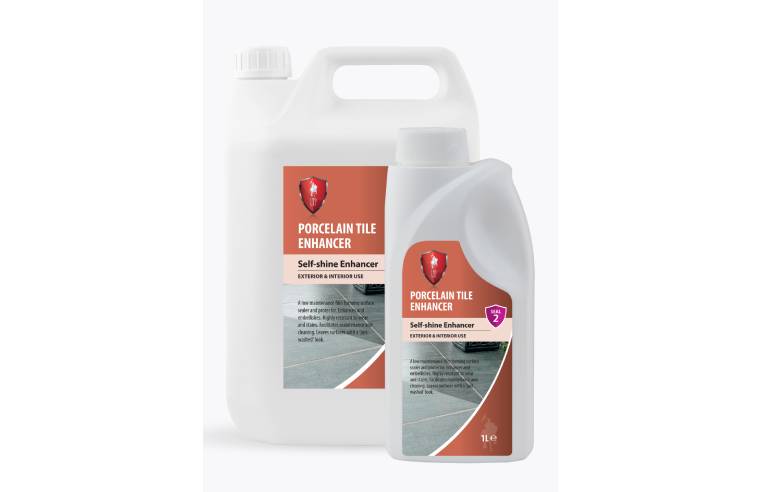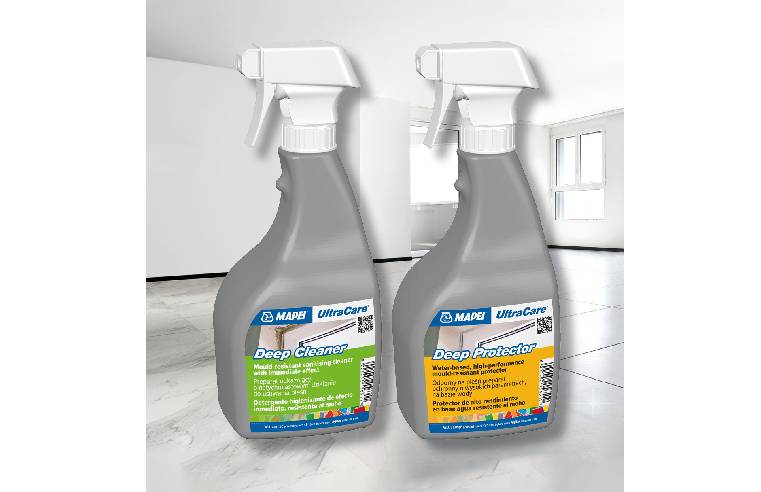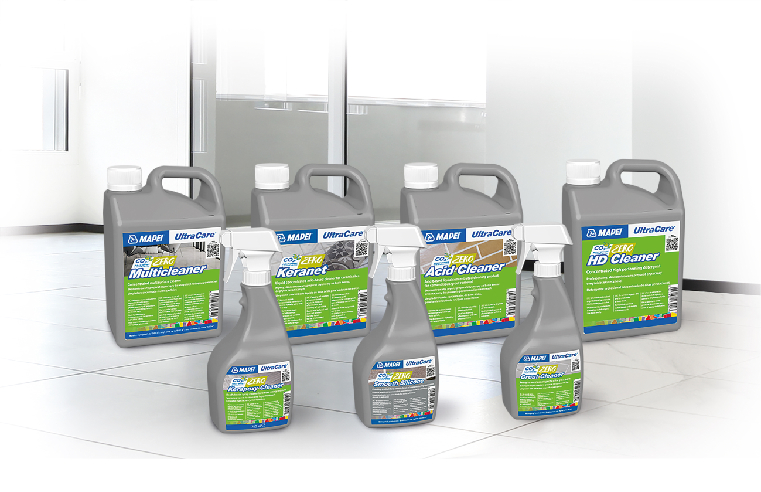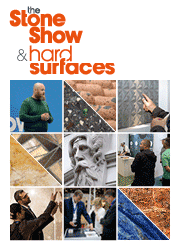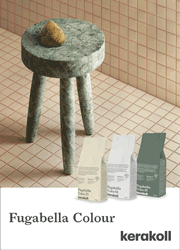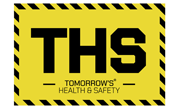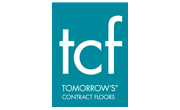- Home
- >
- Cleaning & Maintenance
- >
- HOW TO REMOVE GRAFFITI
HOW TO REMOVE GRAFFITI

Some people view graffiti as an art form, with some graffiti artist’s artwork in huge demand. Think of Banksy. Banksy’s Game Changer raised over £16m for the NHS when it was eventually sold for £16,758,000 at Christie’s 20th Century Art Evening Sale in London in March 2021. The price started at £1.6m but soon shot up over 15 minutes of intense bidding with the artwork eventually selling for almost seven times its £2.5m low estimate.
However, not all graffiti is of this quality or in such demand and it is estimated that in the UK alone, councils and private businesses spend over £1bn a year on graffiti removal from shopping centres, commercial businesses, public spaces, and transport hubs. This is a huge cost to whoever eventually picks up the bill.
If you have been the victim of unwanted graffiti, you have a couple of options; you can pay for a specialist company to remove the graffiti for you (which in some serious cases could be the only option) or you can use the correct materials and clean the affected area yourself.
One of our bestselling cleaning products is a specially formulated graffiti removal solvent by Tetrosyl. Despite being branded as graffiti removal, giving the impression it is for large scale problems, it is excellent at removing smaller ‘permanent’ marks from surfaces, caused by accident by items such as permanent marker pens, making it ideal around the home for removing those smaller mishaps.
The full product name is Easy Spray Graffiti Remover, and it is an extremely powerful non-drip solvent created to remove unwanted graffiti marks from spray paint, marker pens, crayons, and ink from a variety of surfaces including wood, glass, masonry stainless steel and galvanised steel.
This is by far the best product we have used; others often leave a residue and do not work as well. Knowing how well it works with stainless steel and many other materials, we thought this was such a good product it was worthy of selling online. We launched this product having used it for many years ourselves in the preparation of stainless steel prior to polishing or coating to remove ink marks added during production. This cleaning product used to be available under the Carplan brand range until Easy Spray Graffiti Remover replaced it in an easy spray lightweight container.
Just a point to remember; graffiti is sometimes exceedingly difficult to remove and sometimes you will need more than just a solvent to get rid of the offending messages or artwork. Here are a few tips for how to remove graffiti from some different surface types.
Metal surfaces
Apply theTetrosyl Easy Spray Graffiti Remover in line with the instructions on the packaging, wait ten minutes, and wipe off. If the graffiti remains, try using steel or bronze wool with the graffiti remover, taking care not to scratch the surface.
Wood surfaces
If the wood is not weathered, and is sealed with paint or a varnish, apply our graffiti remover and wipe the surface down with a clean cloth. If wood is weathered, do not apply chemicals as it can drive the graffiti paint deeper into the wood making the problem worse. In both cases, if the graffiti remains, a pressure washer should help remove it.
Plastic surfaces
Apply our graffiti remover and wipe the surface down. Do not use paint thinner or any other solvent with the remover as it can soften the plastic and cause clouding. If the graffiti remains, try using ultra fine wire wool with the graffiti remover.
Masonry surfaces
Graffiti is tougher to remove from uneven masonry surfaces which can be more porous than steel or plastic, and the paint may have been driven further into the material. We recommend using our graffiti remover and scrubbing the surface. If graffiti remains, use a 3000psi pressure washer (do not use a narrow tip as it will etch the masonry surface leaving an outline of the graffiti).
Related News
- Adhesives & Grouts
- Associations
- Awards
- Bathrooms & Kitchens
- Case Reports
- Ceramic Tiles
- Charity
- Cleaning & Maintenance
- Commercial
- Construction
- Events
- Exhibitions
- Finishes & Sealants
- Flooring
- Floor Tiles
- Health and Safety
- Hotel/Spa
- Levelling Compounds
- Porcelain Tiles
- Recycling
- Stone
- Surface Preparation
- Sustainability
- Tile Manufacturer
- Tiling News
- Tiling Products
- Tiles
- Tile Care
- Training & Education
- Underfloor Heating
- Workwear & PPE



